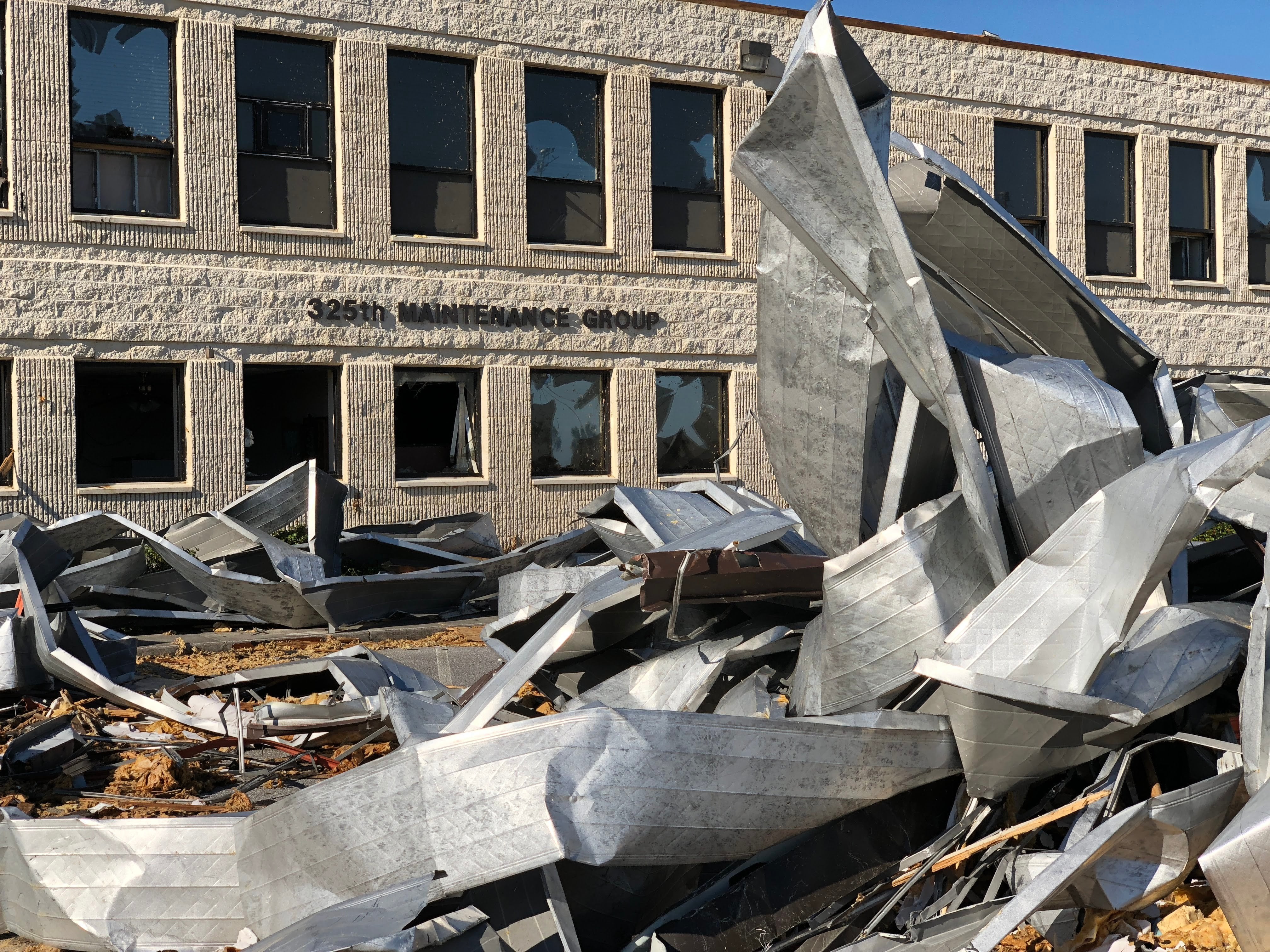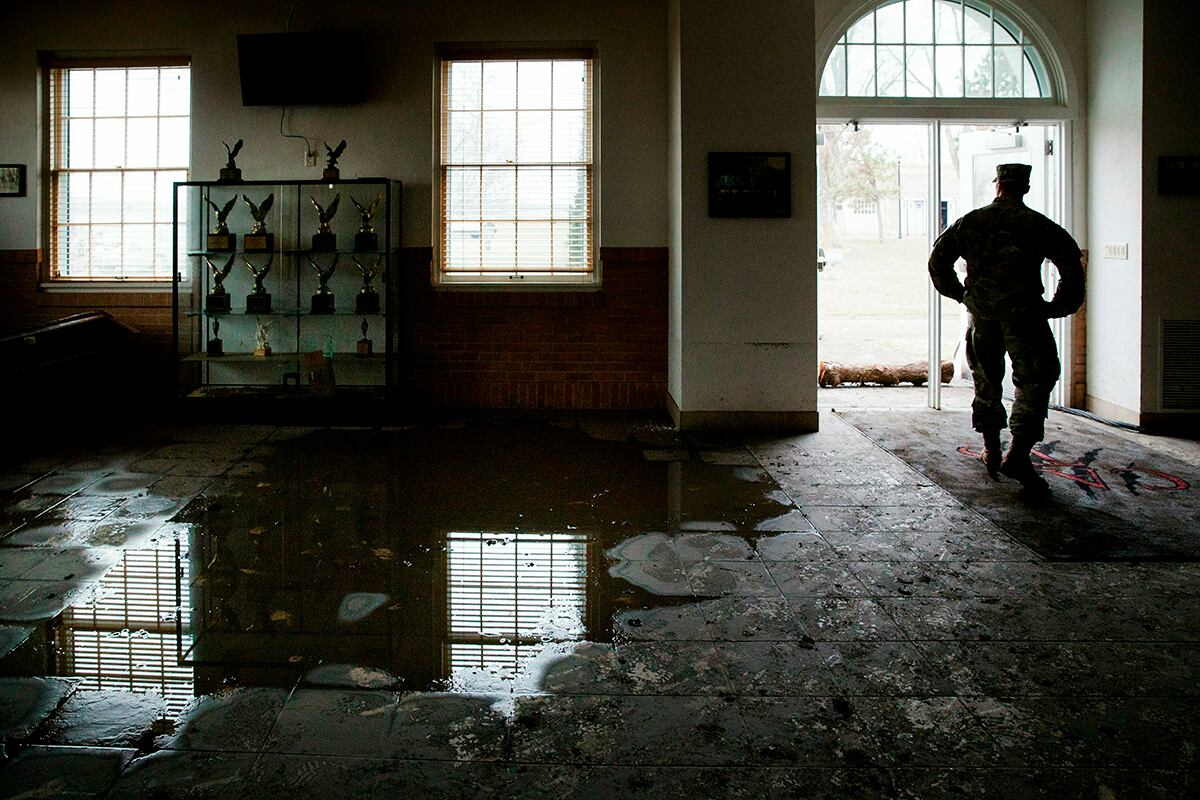Last October, a Category 5 hurricane slammed into Tyndall Air Force Base, on the Gulf Coast of Florida, causing nearly $5 billion in damage and forcing thousands of airmen, their families and the base’s squadrons to relocate.
Then in March, storms and rapidly melting snow flooded the Missouri River, causing more than $400 million in damage to Offutt Air Force Base, Nebraska. In light of increasingly severe weather caused by climate change, the Defense Department needs to take steps to reduce their impact on installations according to the National Wildlife Federation.
“The approximately 25 million acres of land managed by DoD are integral to the military’s mission of keeping our nation secure," the authors wrote in a guide released Tuesday. “As such, there is an operational need to ensure that current and future climatic changes do not compromise the ability of installations to serve their essential operational, training, and testing functions.”

“Climate Adaptation for DoD Natural Resource Managers,” the federation’s 128-page manual funded by the Department of Defense Legacy Resource Management Program, lays out a process to identify and then mitigate the risks for vulnerable bases.
“For example, in Alaska, rising temperatures are causing permafrost to melt, which not only alters ecosystem composition and functioning but can compromise transportation networks and other military assets,” the authors wrote.
The Southwest has to deal with wildfire risk from drought killing off vegetation, they added, while the Northeast is dealing with flooding from heavy rains and the Southeast’s coastal marshes are overflowing from sea level rise.
According to a DoD report released in January, the majority of U.S. military installations are at risk: 53 of the 79 for flooding; 43 of the 79 for drought and 36 of the 79 from wildfires ― not including Marine Corps bases, which were not studied.
And back in 2016, the Union of Concerned Scientists published a report finding that rising sea levels could cause major period flooding, daily flooding or completely submerge parts of at least 18 U.S. military bases by the end of the century, including the entirety of Marine Corps Recruit Depot Parris Island, South Carolina.
In addition to structures and equipment, flooding, fires and other disasters can disturb plant and animal life, which have a big impact on installation readiness, according to the NWF.
“Vegetation cover protects against soil erosion that can damage facilities, while healthy wetlands are important in protecting built infrastructure from flooding and storm damage,” according to the study.
RELATED

In its guide, the NWF lays out a six-step process for fighting back:
- Determine the scope of the effort, by establishing objectives, putting together a team and bringing in stakeholders.
- Identify specific risks to each base.
- See how those square up with existing Integrated Natural Resources Management Plans, and adjust as necessary.
- Develop strategies to mitigate the risks, prioritizing by feasibility and cost.
- Implement those strategies.
- Monitor progress and make adapt the plan as they go.
The guide includes detailed information on how to get each step going, including worksheets to help managers cover every detail.
“Understanding climate risks and vulnerabilities, and getting a start on adapting to these changes, will greatly improve the chance for sustaining the capacity of ranges and bases to meet their mission now and into the future,” according to the authors.
Meghann Myers is the Pentagon bureau chief at Military Times. She covers operations, policy, personnel, leadership and other issues affecting service members.




